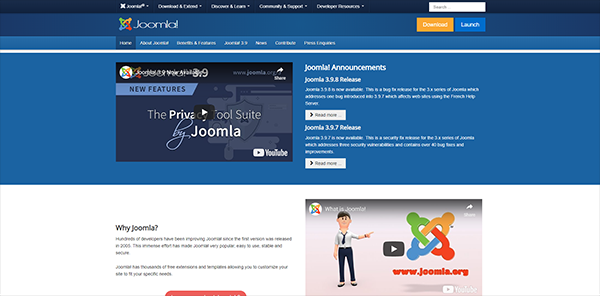How to build a website by using CMS
1)CHOOSE A PLATFORM: Prior to launching a website, choose the CMS that better comes up to your web development needs and final expectations.
2)FIND THE DOMAIN NAME (Check the Unit 2)
3)HOST: Before installing the system, choose the appropriate hosting procedure as well. Keep in mind that not all the CMS come with integrated hosting solutions, but instead some of them allow for the freedom of choice as the selection of hosting providers is really impressive.
4)INSTALLATION:. The next step is to install the platform you’ve chosen.
5)INSTALL PLUGINS: Plugins add functionality to your project, but if you don’t plan to launch a full-featured complicated project, you can go without them.
6)CUSTOMISE: As soon as you are done with plugin installation, it’s high time to pick a suitable theme and customize your website design. Almost all CMS come with integrated templates.
7)UPLOAD: When you are done with web design customization, you can start uploading the content.
8)GO ONLINE: The final step implies website publication.




